Home>Fans, Heaters & Lighting>Which Type Of Space Heater Is Most Energy Efficient?


Fans, Heaters & Lighting
Which Type Of Space Heater Is Most Energy Efficient?
Modified: January 19, 2024
Discover the most energy efficient space heater for your needs. Read our articles on different types of space heaters and find the best one for you.
(Many of the links in this article redirect to a specific reviewed product. Your purchase of these products through affiliate links helps to generate commission for Storables.com, at no extra cost. Learn more)
Introduction
When it comes to heating your home or office space, energy efficiency is a critical factor to consider. Not only does an energy-efficient space heater help reduce your carbon footprint, but it also saves you money on your energy bills. With so many different types of space heaters on the market, it can be overwhelming to determine which one is the most energy efficient.
In this article, we will explore the different types of space heaters and their energy efficiency ratings to help you make an informed decision. Whether you are looking for a convection heater, radiant heater, ceramic heater, oil-filled heater, or an infrared heater, we will provide insights into their working principles and evaluate their energy efficiency.
Understanding the working principles of each type of heater can help you identify which one will be the most energy efficient for your needs. Additionally, we will discuss the advantages and potential drawbacks of each type, allowing you to weigh the factors that matter most to you – energy efficiency, heating performance, or cost-effectiveness.
It is crucial to note that energy efficiency depends on various factors, including the size of the room, insulation, and usage patterns. However, by choosing the right type of space heater with a high energy efficiency rating, you can maximize the heat output while minimizing energy consumption.
So, let’s dive into the details of convection heaters, radiant heaters, ceramic heaters, oil-filled heaters, and infrared heaters to determine which one is the most energy efficient and suits your specific requirements.
Key Takeaways:
- Convection heaters with built-in fans and adjustable settings offer efficient heat distribution and energy management, making them a top choice for energy-efficient space heating.
- Radiant heaters provide immediate and targeted warmth, while ceramic, oil-filled, and infrared heaters offer unique energy-efficient features, allowing you to find the perfect heating solution for your specific needs and space.
Read more: Which Is Better Gas Or Electric Water Heater
Convection Heaters – Definition and Working Principle – Energy Efficiency of Convection Heaters
Convection heaters are a popular choice for heating spaces efficiently. They work on the principle of convection, which involves the circulation of hot air to warm up the room. These heaters consist of heating elements that heat up the air surrounding them. As the air gets hot, it rises and creates a current that circulates throughout the room.
The energy efficiency of convection heaters can vary based on several factors. One significant factor is the design and construction of the heater. Convection heaters with well-insulated casings and high-quality materials tend to retain heat better, resulting in improved energy efficiency. Look for models with features like adjustable thermostats and programmable timers to further optimize energy consumption.
Additionally, the size and power output of the convection heater play a crucial role in determining its energy efficiency. Choosing a heater with the appropriate size for your room ensures that it can effectively warm up the space without using excessive energy. It is recommended to calculate the heating capacity required based on the square footage of your room to select a suitable convection heater.
Another factor that affects the energy efficiency of convection heaters is the presence of a fan. Some convection heaters come with built-in fans that help distribute the heated air more effectively. The fan speeds up the convection process, allowing the heater to heat up the room quicker and evenly. This feature can result in higher energy efficiency as it reduces the overall heating time required.
When using convection heaters, it is important to consider the insulation of the room. Poor insulation can lead to heat loss, making the heater work harder and consume more energy to maintain a comfortable temperature. By improving insulation in your space, you can optimize the energy efficiency of a convection heater.
Overall, when choosing a convection heater, look for models that offer efficient heat distribution, adjustable settings, and adequate power output for the size of your room. By considering these factors, you can maximize the energy efficiency of your convection heater and enjoy a warm and cozy environment without breaking the bank.
Radiant Heaters – Definition and Working Principle – Energy Efficiency of Radiant Heaters
Radiant heaters are another popular option for efficient space heating. Unlike convection heaters that heat the air, radiant heaters directly heat objects and people in their line of sight, similar to how the sun warms the Earth. These heaters emit infrared radiation, which transfers heat directly to the surrounding objects.
The working principle of radiant heaters ensures quick and targeted heating. When you turn on a radiant heater, it instantly starts emitting infrared radiation. This radiation travels through the air and is absorbed by objects and surfaces in the room, including furniture and people. The absorbed radiation converts into heat, warming up the objects and creating a comfortable environment.
Radiant heaters are known for their energy efficiency due to their direct heat transfer method. Since they focus on heating the objects rather than the air, there is no wastage of energy on heating unused space or air that might escape through leaks or poor insulation. This targeted heating approach makes radiant heaters particularly effective in small spaces or for providing localized warmth.
Additionally, radiant heaters provide instantaneous heat. Unlike some other types of heaters that take time to warm up the air and raise the room temperature, radiant heaters start delivering warmth as soon as they are turned on. This quick response time not only helps conserve energy but also allows for more precise control over the heating settings, resulting in better energy efficiency.
One aspect to consider when using radiant heaters is the need for direct line-of-sight. Since these heaters work by radiating heat, objects or people that are obstructed will not receive the direct warmth. However, some modern radiant heaters are designed with oscillation or reflector panels to enhance heat distribution and overcome this limitation.
Furthermore, when it comes to energy efficiency, radiant heaters are ideal for spaces with good insulation. Proper insulation ensures that the heat generated by the radiant heater remains within the room, reducing heat loss and optimizing energy consumption.
In summary, radiant heaters offer efficient heating by directly warming objects and people in their line of sight. With their quick response time, targeted heat transfer, and ability to provide localized warmth, radiant heaters are known for their energy efficiency. However, it is important to consider the coverage area and line-of-sight requirement when selecting a radiant heater for your space to maximize its effectiveness and energy efficiency.
Ceramic Heaters – Definition and Working Principle – Energy Efficiency of Ceramic Heaters
Ceramic heaters are a popular choice for energy-efficient space heating. These heaters use a ceramic heating element to generate heat and distribute it throughout the room. The ceramic element is made up of ceramic plates or coils that heat up when an electric current passes through them.
The working principle of ceramic heaters involves a combination of convection and radiant heating. The ceramic plates or coils heat up and transfer the heat to the surrounding air. The hot air then circulates through the room, providing warmth to the environment. At the same time, the heated ceramic element emits infrared radiation, which directly warms up objects and people in its vicinity.
Ceramic heaters are known for their energy efficiency due to several reasons. Firstly, the ceramic element has a high heat transfer capability, meaning it can generate a significant amount of heat using relatively less electrical power. This efficiency allows ceramic heaters to provide ample heat output while consuming less energy compared to other types of space heaters.
Another factor contributing to the energy efficiency of ceramic heaters is the presence of a fan. Many ceramic heaters come with a built-in fan that helps circulate the heated air more efficiently. By distributing the warm air throughout the room, the fan ensures that the heat reaches every corner of the space, reducing the need for the heater to run continuously. This feature helps conserve energy and enhances the overall efficiency of the heater.
In addition to their energy-saving capabilities, ceramic heaters offer other benefits. They typically have adjustable thermostats and multiple heat settings, allowing you to customize the temperature according to your comfort level. Some models even have oscillating features to further optimize heat distribution.
It is important to note that the energy efficiency of ceramic heaters can be influenced by factors such as room size, insulation, and usage patterns. To maximize their efficiency, it is recommended to choose a ceramic heater with an appropriate power output for your room size and ensure proper insulation to prevent heat loss.
Overall, ceramic heaters are a reliable and energy-efficient option for space heating. Their combination of convection and radiant heating, high heat transfer capabilities, and adjustable features make them a popular choice. By selecting a ceramic heater and using it in a well-insulated space, you can enjoy efficient heating while reducing your energy consumption.
Look for space heaters with programmable thermostats and energy-saving modes to maximize energy efficiency. Additionally, consider investing in a heater with a high energy efficiency rating to save on electricity costs.
Oil-Filled Heaters – Definition and Working Principle – Energy Efficiency of Oil-Filled Heaters
Oil-filled heaters are a type of space heater that uses oil as a heat reservoir to generate warmth. These heaters consist of sealed metal fins or columns that are filled with diathermic oil. When the heater is turned on, the oil is heated, and the heat is then transferred to the metal fins or columns, which then radiate the warmth into the room.
The working principle of oil-filled heaters revolves around the slow and steady release of heat. As the oil inside the heater heats up, it retains and stores the heat for an extended period. This stored heat is gradually released into the room, providing a consistent and comfortable temperature.
One of the key advantages of oil-filled heaters is their energy efficiency. The diathermic oil has excellent heat retention properties, allowing the heater to continue emitting warmth even after it is turned off. This means that the heater doesn’t have to run constantly to maintain the desired temperature, resulting in energy savings.
Furthermore, oil-filled heaters operate silently and generate gentle warmth. Since the oil acts as a heat reservoir, there is no need for a fan or other moving parts, reducing noise levels. The radiant heat produced by the heated metal fins or columns creates a cozy and comfortable environment without the need for excessive energy consumption.
Oil-filled heaters are also considered safe and environmentally friendly. The use of sealed fins or columns ensures that the diathermic oil does not leak or pose any risk of fire hazards. Additionally, these heaters do not require fuel combustion, reducing harmful emissions and making them a more eco-friendly heating option.
When it comes to energy efficiency, it’s important to consider the size and power output of the oil-filled heater. Choosing a heater with the appropriate wattage for your space ensures efficient heating without wasteful energy consumption. Additionally, proper insulation in the room can help maximize the efficiency of oil-filled heaters by preventing heat loss.
While oil-filled heaters tend to have slower heating capabilities compared to other heater types, their energy efficiency and consistent warmth make them a reliable choice for long-term heating needs. The gradual release of heat also contributes to a more even distribution of warmth throughout the room.
In summary, oil-filled heaters are known for their energy efficiency, silent operation, and gradual release of consistent warmth. With their excellent heat retention capabilities and safe design, oil-filled heaters provide an efficient and reliable heating solution for your space.
Infrared Heaters – Definition and Working Principle – Energy Efficiency of Infrared Heaters
Infrared heaters are a popular choice for efficient and targeted space heating. These heaters utilize infrared radiation to directly warm up objects and people without heating the surrounding air. Infrared heating works similarly to how the sun warms the Earth, using invisible infrared waves to transfer heat.
The working principle of infrared heaters involves the emission of infrared radiation by heating elements inside the heater. These heating elements, often made of quartz or other materials, become hot when an electric current passes through them. As they heat up, they emit infrared radiation that travels through the air and is absorbed by objects and surfaces in its path.
The energy efficiency of infrared heaters is related to their ability to deliver heat directly to objects and people without wasting energy on heating the air. Unlike convection or radiant heaters that warm up the air or surrounding objects, infrared heaters generate instant heat that is transferred directly to the targeted area. This focused heating ensures minimal heat loss and efficient energy usage.
Another factor contributing to the energy efficiency of infrared heaters is the absence of a fan or other moving parts. These heaters operate silently and do not require any airflow for heat distribution. With no fan to consume electricity, infrared heaters are highly energy efficient and cost-effective.
Infrared heaters also provide immediate warmth. Since they emit infrared radiation that is absorbed by objects and people, the heat is felt almost instantly. There is no need to wait for the air to heat up, making infrared heaters a quick and efficient heating solution, especially in small or localized spaces.
Additionally, infrared heaters allow for precise temperature control. They often come with adjustable settings and timers, allowing you to customize the heating according to your comfort level and usage patterns. This level of control ensures that you only use the energy needed to maintain a comfortable temperature, further increasing energy efficiency.
It is important to note that the efficiency of infrared heaters can vary depending on factors such as room size, insulation, and the placement of the heater. Proper insulation helps prevent heat loss, allowing the infrared heating to be more effective. Additionally, placing the heater in a strategic location where the infrared waves can directly reach objects and people maximizes its efficiency.
In summary, infrared heaters are known for their energy efficiency due to their targeted and immediate heat transfer. By delivering warmth directly to objects and people, these heaters minimize energy waste and provide efficient heating. With their silent operation, precise temperature control, and quick response time, infrared heaters are an excellent choice for energy-conscious individuals seeking effective and cost-efficient heating options.
Comparing Energy Efficiency of Different Heater Types
When considering which type of space heater is the most energy-efficient, it is important to compare the different heater types based on their energy consumption, heat distribution, and overall performance. Let’s now compare the energy efficiency of convection heaters, radiant heaters, ceramic heaters, oil-filled heaters, and infrared heaters.
Convection heaters, such as those with built-in fans, are generally considered to be highly energy-efficient. The combination of convection and fan-forced heat distribution ensures that the heated air circulates evenly throughout the room, allowing for quick and effective heating. Additionally, using a convection heater with adjustable thermostats and timers enables better energy management, as you can control the duration and intensity of the heating.
Radiant heaters are also known for their energy efficiency. By directly heating objects and people with infrared radiation, these heaters avoid wasting energy on heating unused space or the air. However, it is important to note that radiant heaters require line-of-sight, meaning they are more effective in smaller, well-insulated spaces or for providing localized warmth. Their quick response time and precise temperature control further contribute to their overall energy efficiency.
Ceramic heaters are highly regarded for their energy efficiency as well. The ceramic element efficiently transfers heat to the surrounding air, while the built-in fan ensures even heat distribution. The combination of efficient heat transfer and adjustable settings allows for effective energy management. Choosing a ceramic heater with an appropriate power output for the room size and proper insulation can enhance its energy efficiency further.
Oil-filled heaters are lauded for their high energy efficiency. These heaters use diathermic oil as a heat reservoir, allowing for effective heat retention and slow, gradual release of warmth. This means the heater doesn’t need to run continuously to maintain the desired temperature. Oil-filled heaters are a great option for individuals looking for long-lasting warmth without excessive energy consumption.
Infrared heaters provide targeted and immediate heat, resulting in efficient energy usage. By emitting infrared radiation that directly warms objects and people, they minimize heat loss and avoid unnecessary heating of the air. Their silent operation, precise temperature control, and quick response time further contribute to their energy efficiency. However, proper placement and line-of-sight are important considerations to maximize their effectiveness.
It is important to remember that the energy efficiency of any space heater can also depend on factors such as room size, insulation quality, and usage patterns. Ensuring proper insulation in the space, using the heater in a well-suited room size, and practicing efficient heating habits can all enhance energy efficiency across all heater types.
Ultimately, the most energy-efficient heater type will depend on your specific needs and the characteristics of the space you want to heat. Consider factors such as the size of the room, insulation, target heating area, and your preferred heat distribution method. By selecting the right heater type and employing energy-saving practices, you can effectively heat your space while minimizing energy consumption.
Conclusion
Choosing the most energy-efficient space heater is a key consideration when looking for an effective and cost-saving heating solution. In this article, we explored the various types of space heaters and evaluated their energy efficiency.
Convection heaters, with their ability to distribute heated air evenly through the room, offer efficient heat delivery, especially when equipped with built-in fans. Radiant heaters, on the other hand, excel at providing immediate and targeted warmth by directly heating objects and people in their line of sight.
Ceramic heaters combine convection and radiant heating, offering efficient heat transfer and adjustable settings for precise temperature control. Oil-filled heaters utilize diathermic oil as a heat reservoir, providing long-lasting warmth with slow and steady heat release. Infrared heaters use infrared radiation to directly warm up objects and people, making them a quick and efficient heating option.
When comparing energy efficiency, each type of heater has its own set of advantages. To determine the most energy-efficient option for your space, consider factors like room size, insulation, and usage patterns. Proper sizing, good insulation, and energy-saving practices can maximize the efficiency of any space heater.
Ultimately, choosing the right space heater depends on your specific needs and preferences. Consider the characteristics and layout of your space, the desired heat distribution method, and your energy-saving goals. By making an informed decision, you can find an energy-efficient heater that provides optimal warmth and comfort while minimizing energy consumption.
Remember to always refer to manufacturer specifications and Energy Star ratings when evaluating the energy efficiency of space heaters. With the right choice and proper usage, an energy-efficient space heater can help create a cozy environment while reducing your carbon footprint and saving you money on your energy bills.
Frequently Asked Questions about Which Type Of Space Heater Is Most Energy Efficient?
Was this page helpful?
At Storables.com, we guarantee accurate and reliable information. Our content, validated by Expert Board Contributors, is crafted following stringent Editorial Policies. We're committed to providing you with well-researched, expert-backed insights for all your informational needs.
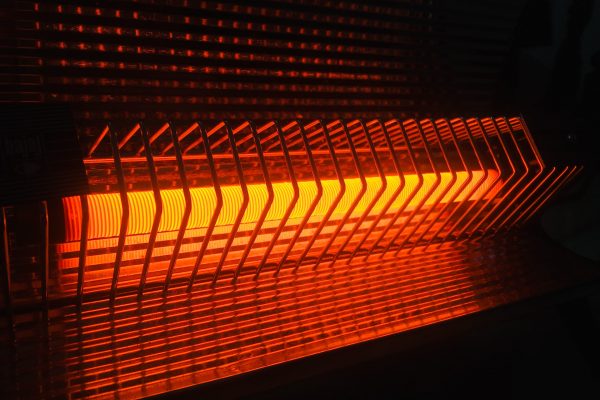
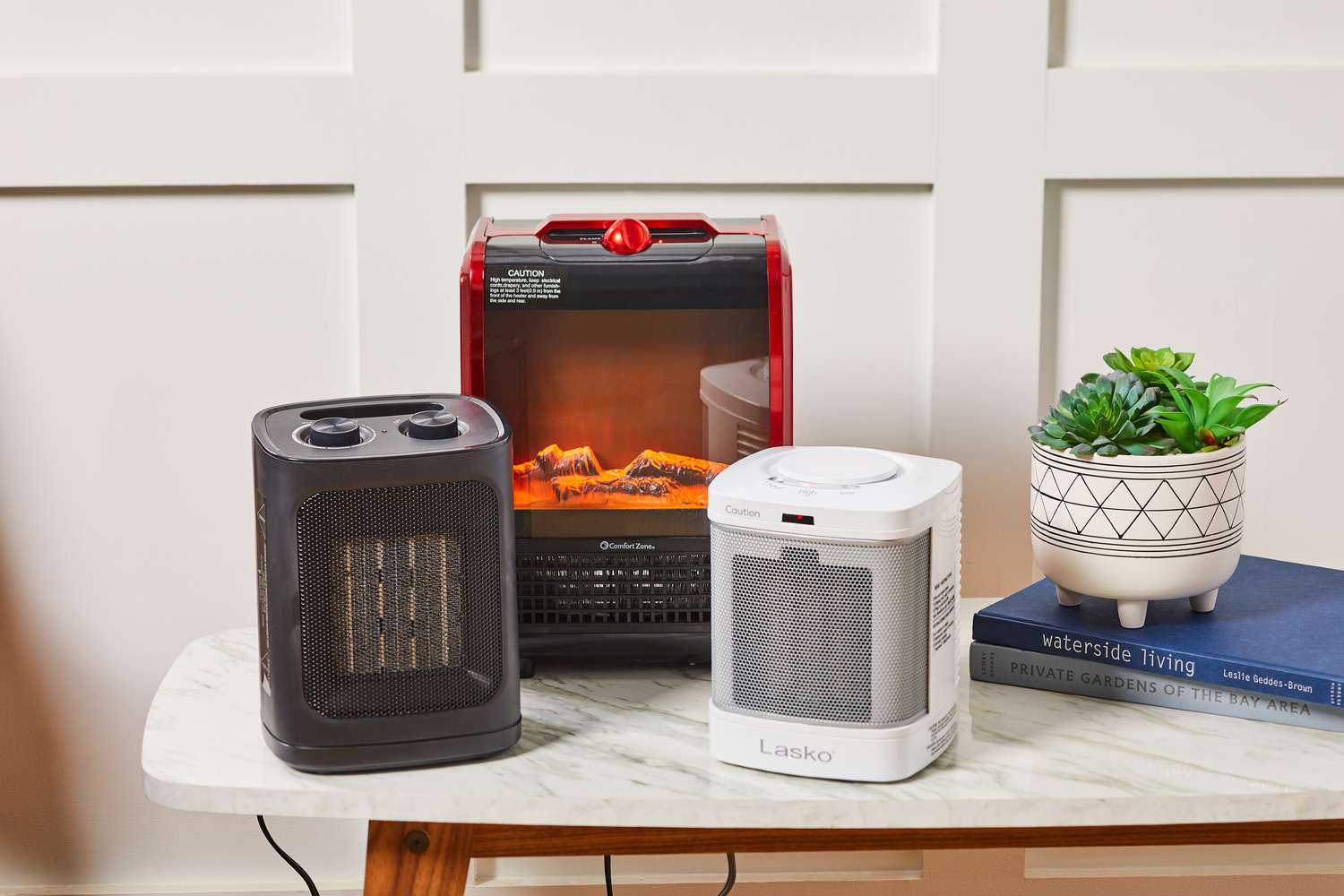
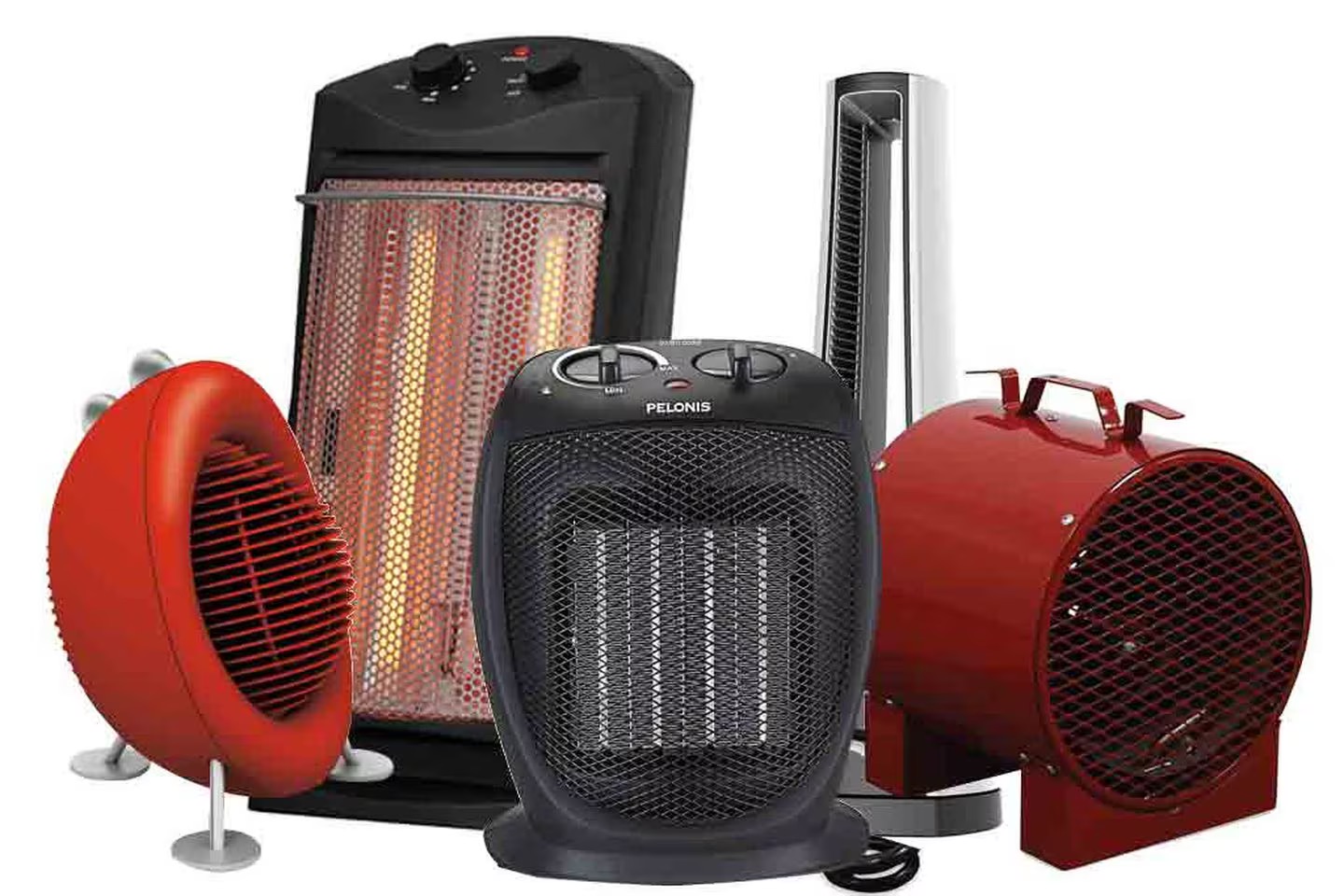
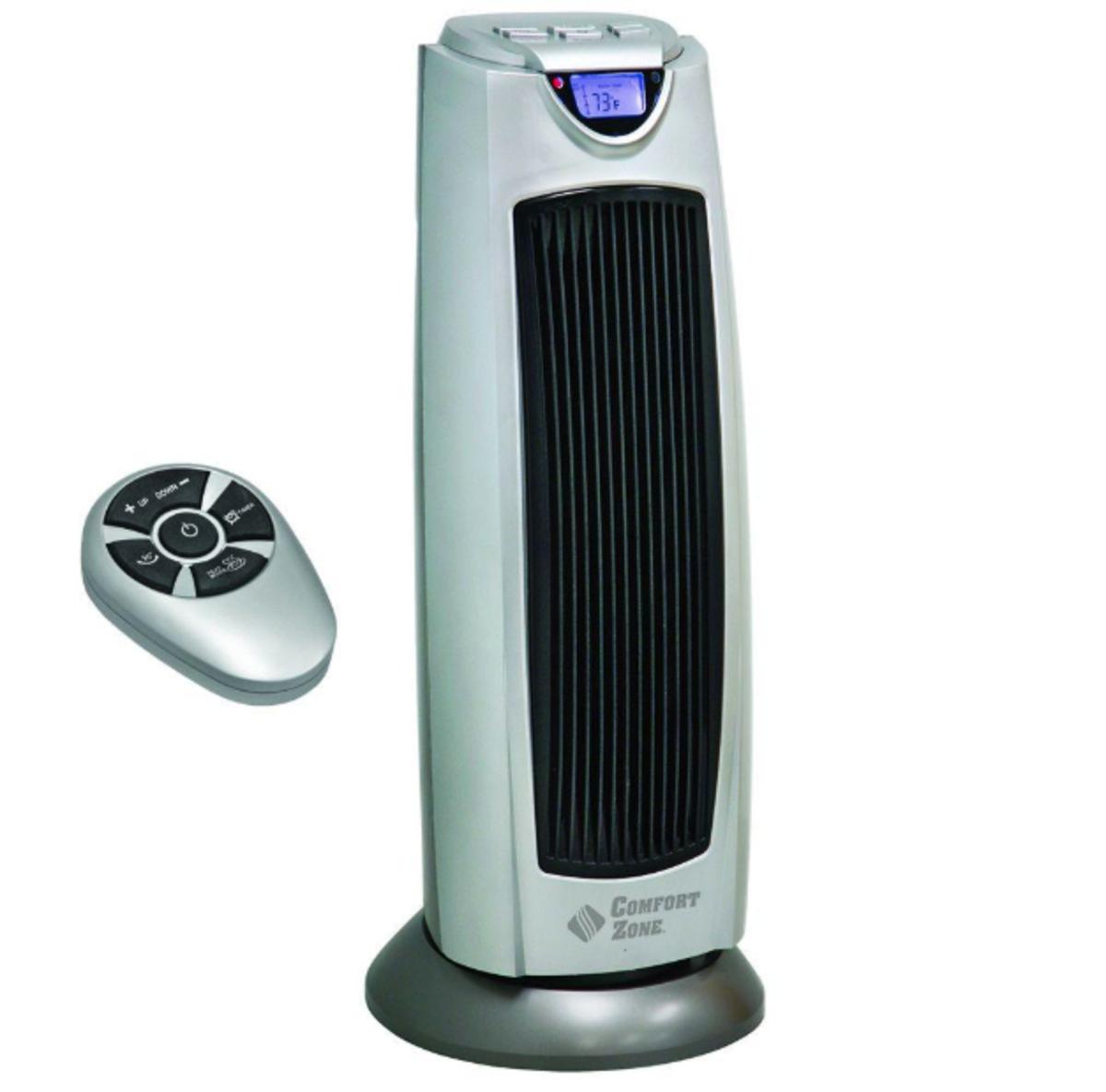
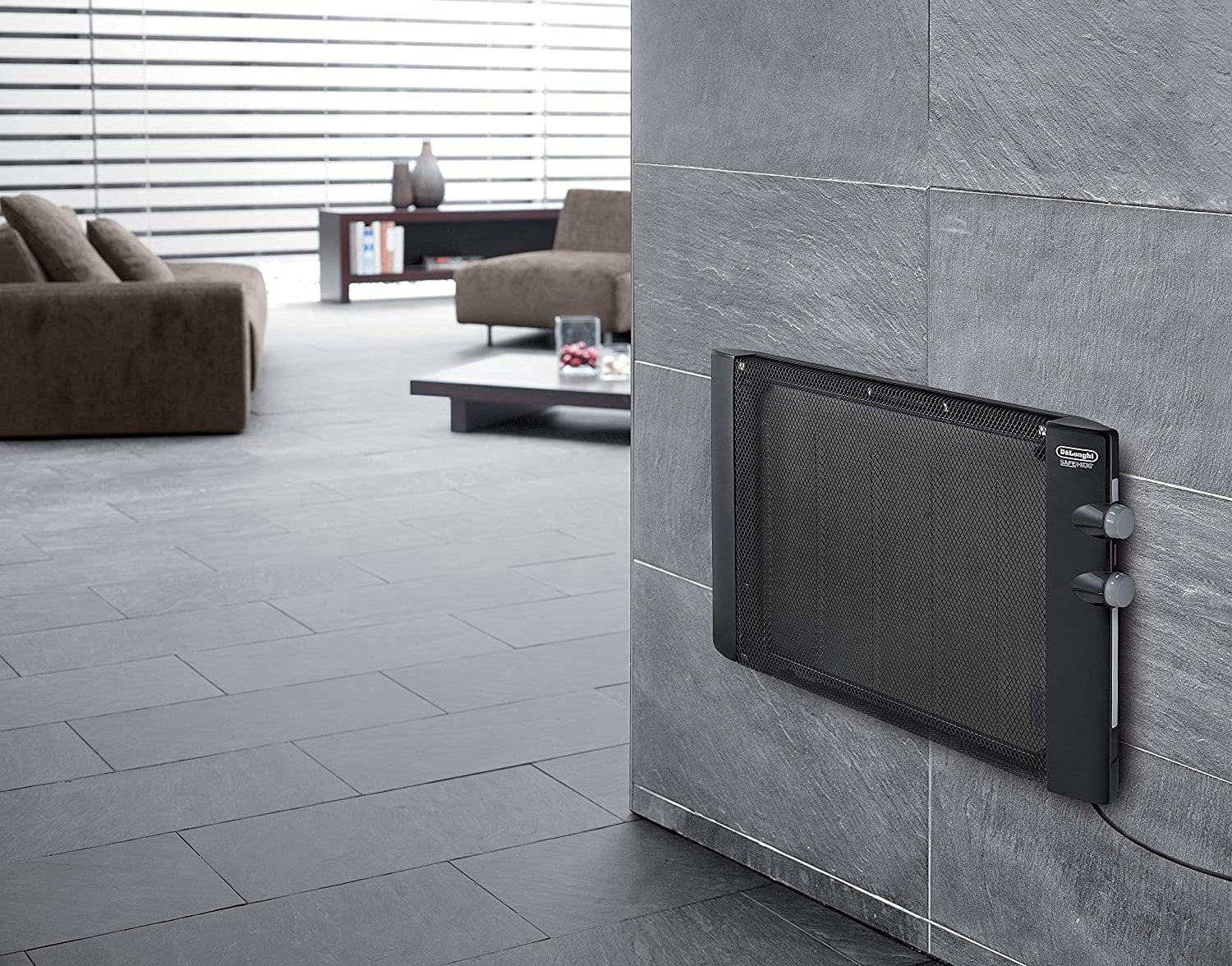
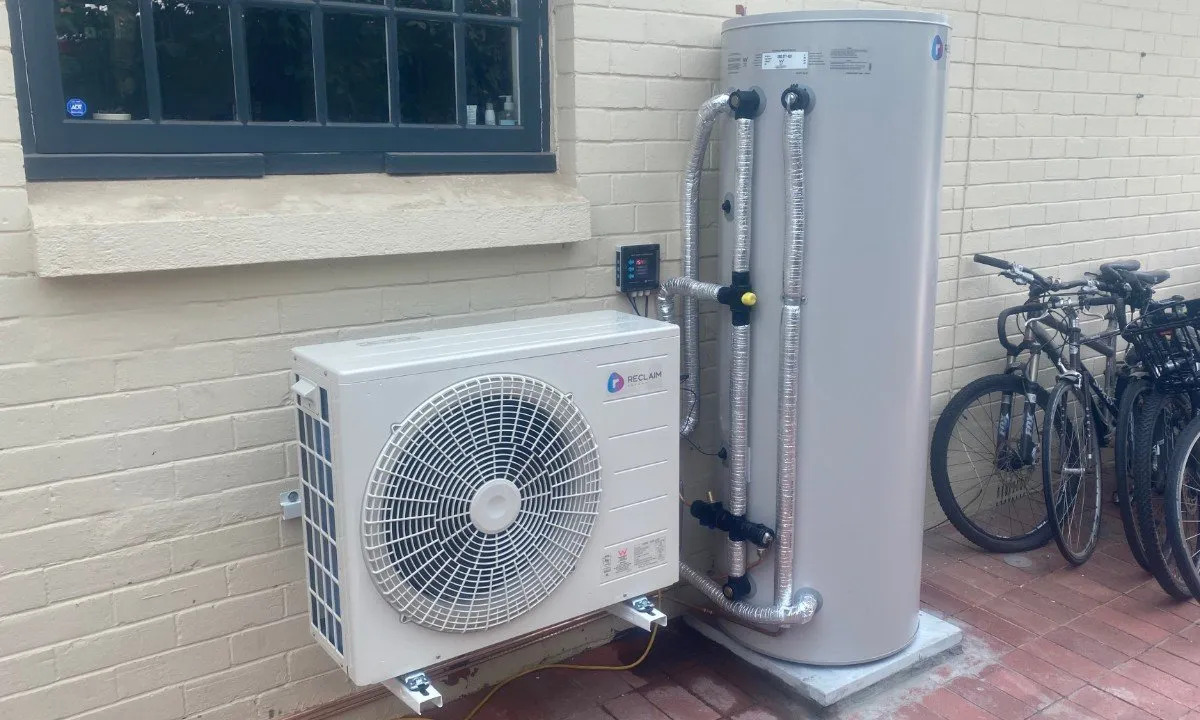

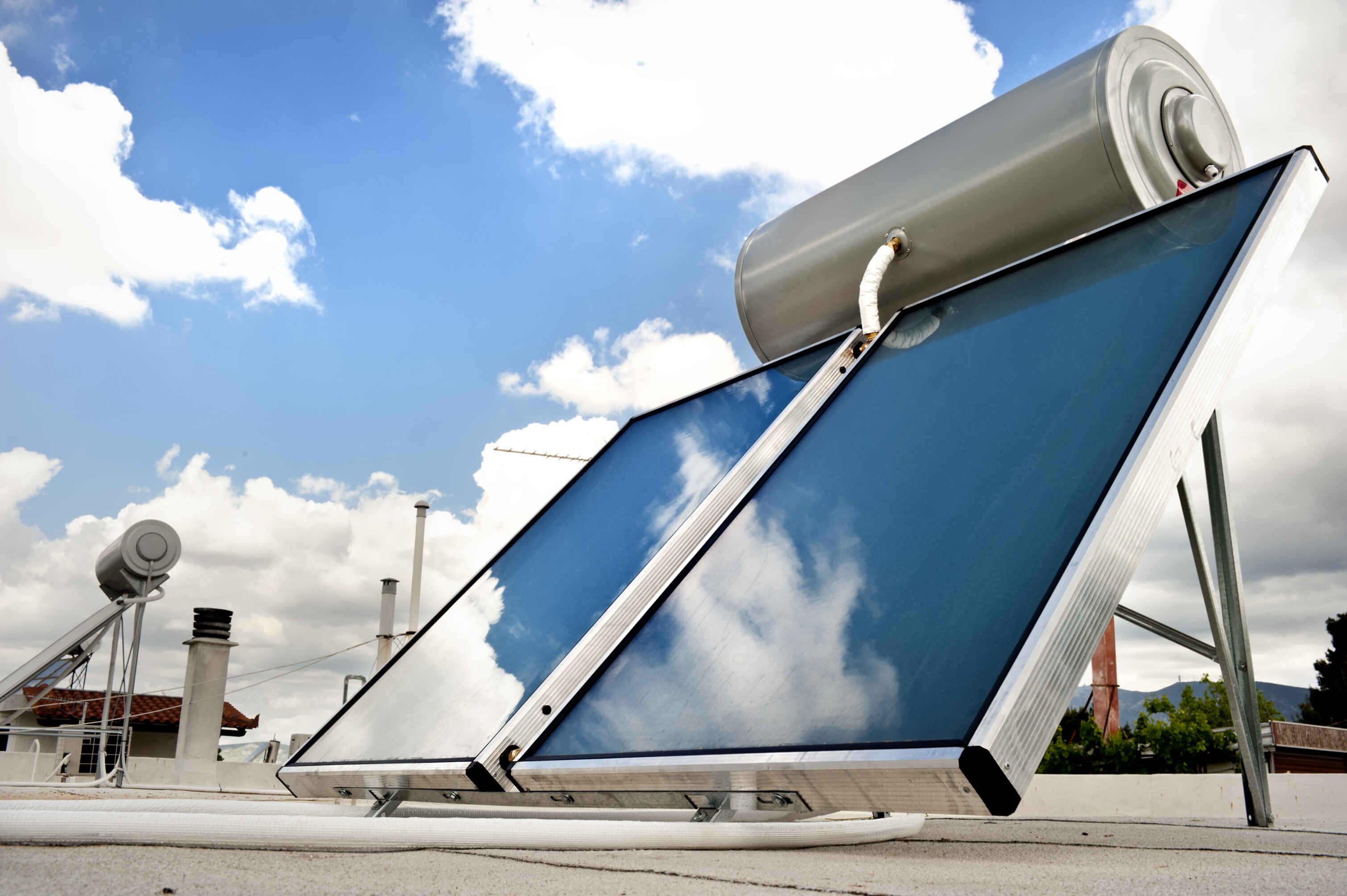
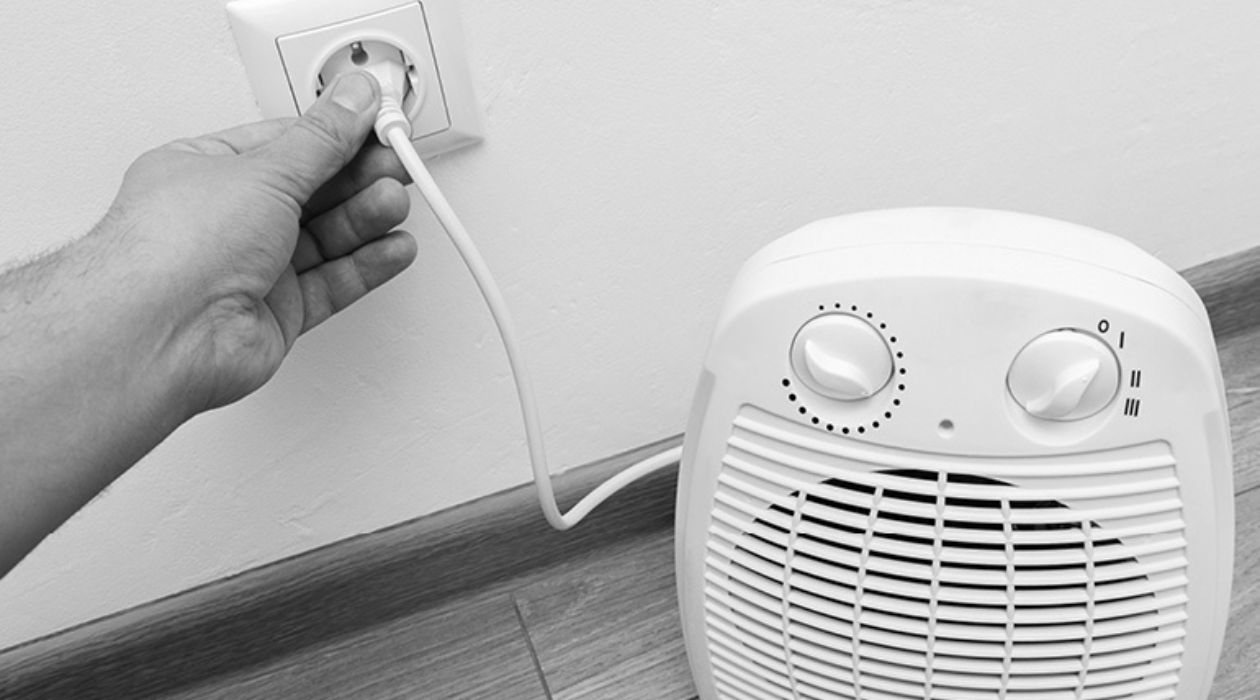
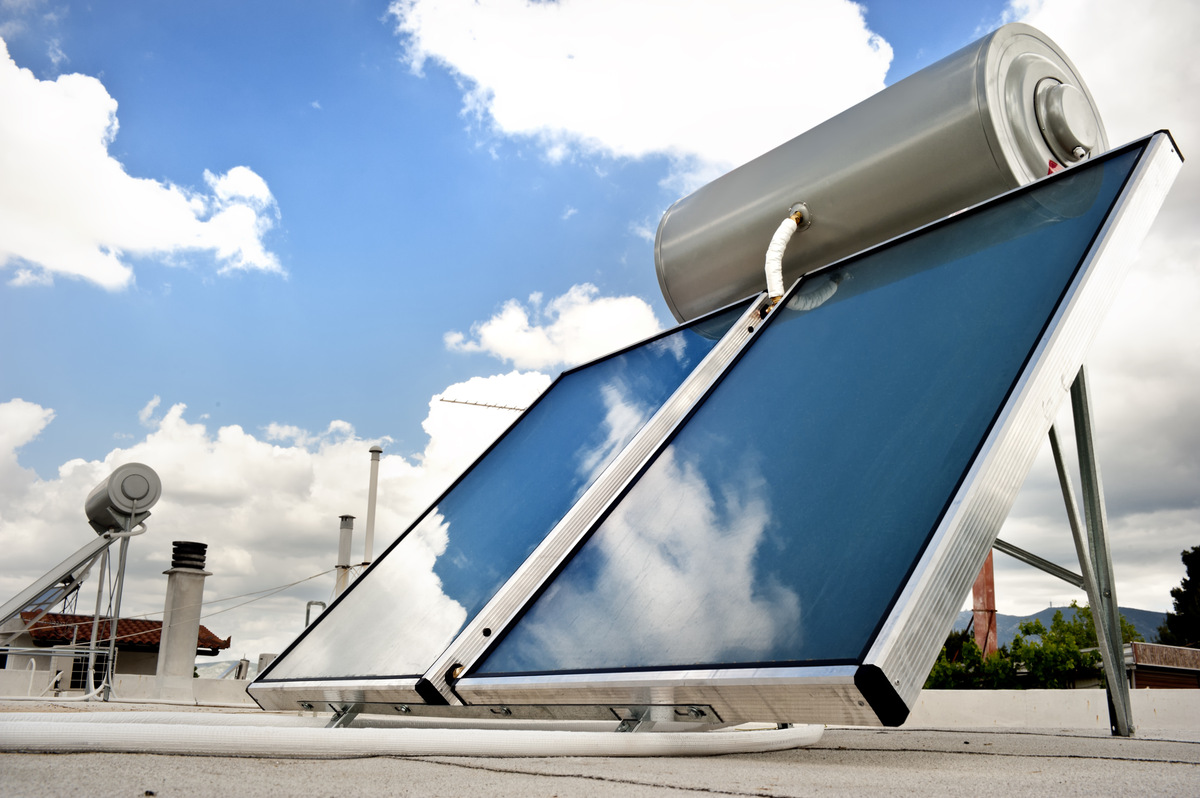

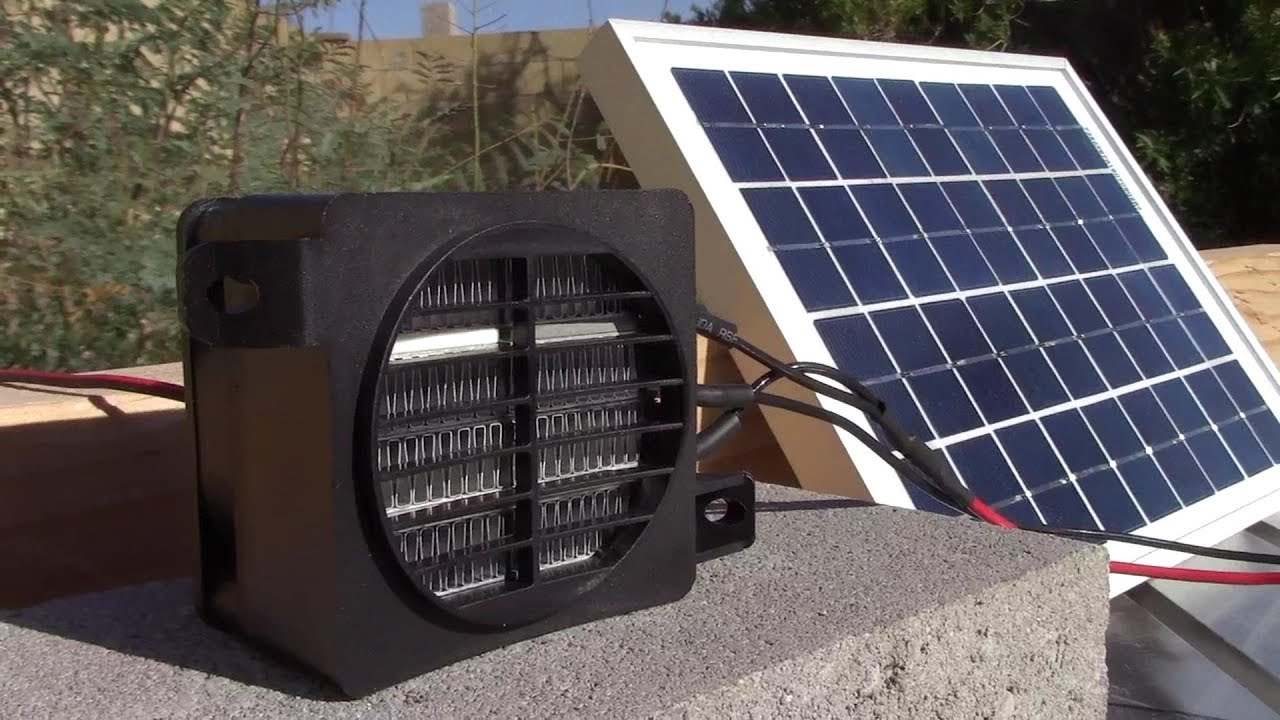
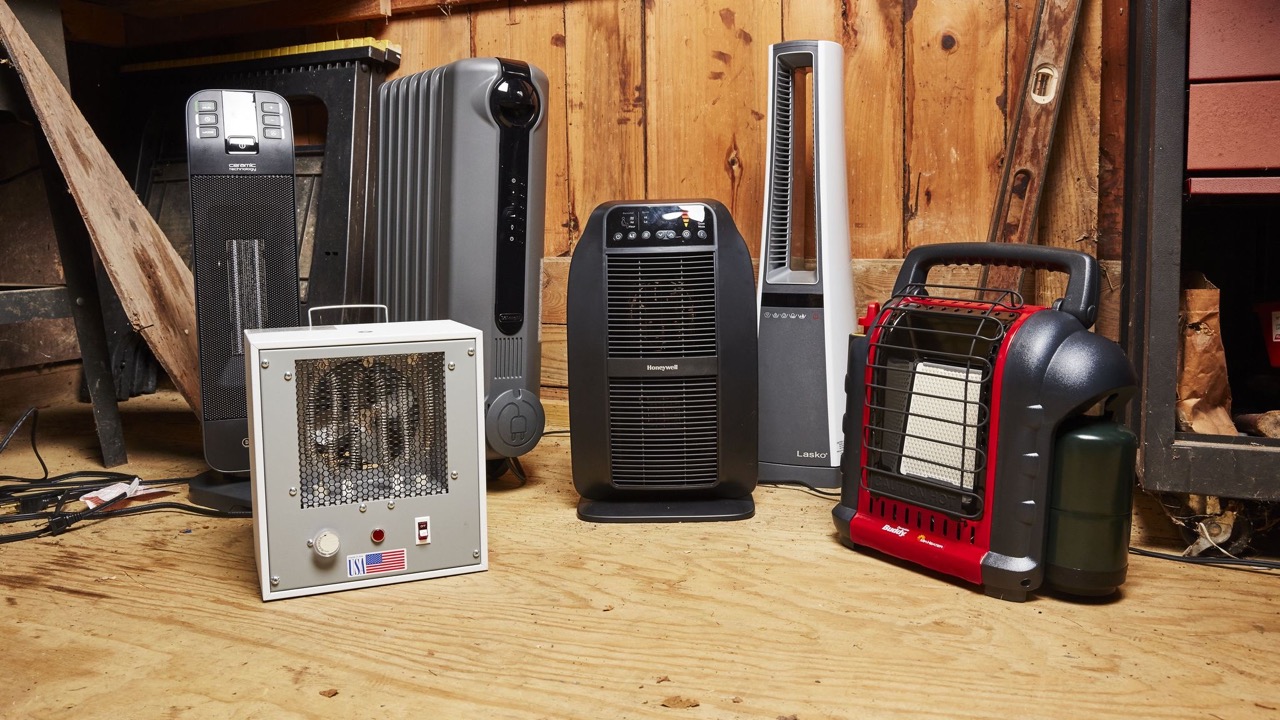


0 thoughts on “Which Type Of Space Heater Is Most Energy Efficient?”